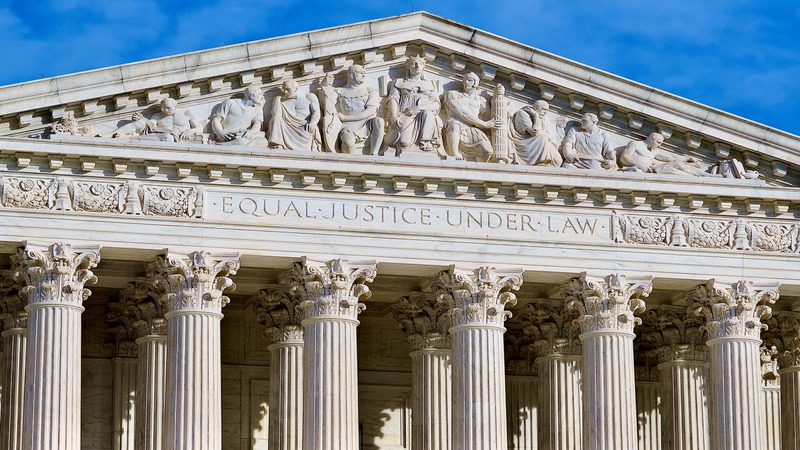
A divided Supreme Court on May 22 granted an emergency request from the Trump administration to block a lower court ruling that prohibited President Donald Trump from firing Federal officials from two independent oversight boards without cause.
The unsigned order was handed down on a vote of 6-3, with the court’s more liberal justices in dissent.
The order prevents – at least for now – Cathy Harris, chair of the Merit Systems Protection Board (MSPB), and Gwynne Wilcox, a member of the National Labor Relations Board (NLRB), from returning to those positions. President Trump fired them both in the first few weeks of his second administration.
Absent Harris’s reinstatement to the MSPB – which protects against prohibited personnel and partisan political practices – the board is left with only a single member and is unable to meet its two-member quorum to consider appeals of decisions.
Since the Trump administration entered office in January, MSPB had experienced a surge of appeals from laid-off probationary Federal employees and others as a flurry of executive orders directed agencies to cut thousands of Federal workers.
The Supreme Court’s decision will remain in place until the underlying case is argued before the high court.
The language of the May 22 order, however, appears to presage a court decision running counter to Humphrey’s Executor, a 90-year-old landmark Supreme Court case, which has protected the independence of regulatory bodies. Precedent set by that case has held that a president cannot dismiss officials from quasi-legislative or quasi-judicial agencies except for reasons permitted by Congress.
Majority justices wrote that “[b]ecause the Constitution vests the executive power in the President, he may remove without cause executive officers who exercise that power on his behalf, subject to narrow exceptions.”
The order said that the decision to maintain the removal of the officials is being made “to avoid the disruptive effect of the repeated removal and reinstatement of officers during the pendency of this litigation.”
After filing suits to get their jobs back, Wilcox and Harris received rulings from Federal district court judges in favor of allowing them to return their positions. Those were later overturned by a divided three-judge panel of the U.S. Court of Appeals for the D.C. Circuit, permitting the removal of the officials. That three-judge appeals court decision was later ultimately reversed by a full panel of D.C. Circuit judges and then landed on the Supreme Court’s emergency docket.
Breaking Historical Precedent
Lawyers for Wilcox and Harris argued that their case tests whether the president can also fire the head of the Federal Reserve Board. Justices wrote that their case is different due to the Fed being “a uniquely structured, quasi-private entity that follows in the distinct historical tradition of the First and Second Banks of the United States.”
Comparatively, the majority added that “the Government is likely to show that both the NLRB and MSPB exercise considerable executive power.”
In dissent, Justice Elena Kagan warned that President Trump was breaking historical precedent by firing Federal officials without cause and criticized the majority for using the emergency docket to make a decision with implications for the fundamental structure of the Federal government.
“The current President believes that Humphrey’s should be either overruled or confined,” wrote Justice Kagan. “And he has chosen to act on that belief – really, to take the law into his own hands.”
“Not since the 1950s (or even before) has a President, without a legitimate reason, tried to remove an officer from a classic independent agency – a multi-member, bipartisan commission exercising regulatory power whose governing statute contains a for-cause provision,” she continued.
Justice Kagan warned that the only way that the firings of the two women would stand is for Humphrey’s Executor to be overturned – which would give the president power to fire Federal oversight officials with limited checkbacks, writing that the order “favors the President over our precedent.”
In 2020 in the court’s decision on a case determining whether the president could fire the single director of an agency without cause, Justice Clarence Thomas – joined by Justice Neil Gorsuch – said that he would like to challenge precedent set by Humphrey’s, calling it a “direct threat to our constitutional structure and, as a result, the liberty of the American people.”
“In a future case,” Thomas wrote at the time, “I would repudiate what is left of this erroneous precedent.”
Earlier this week, Humphrey’s was also used to allow two Democratic members of the Privacy and Civil Liberties Oversight Board to return to their positions after President Trump fired them and left a single Republican member on the board which is typically comprised of five members.
